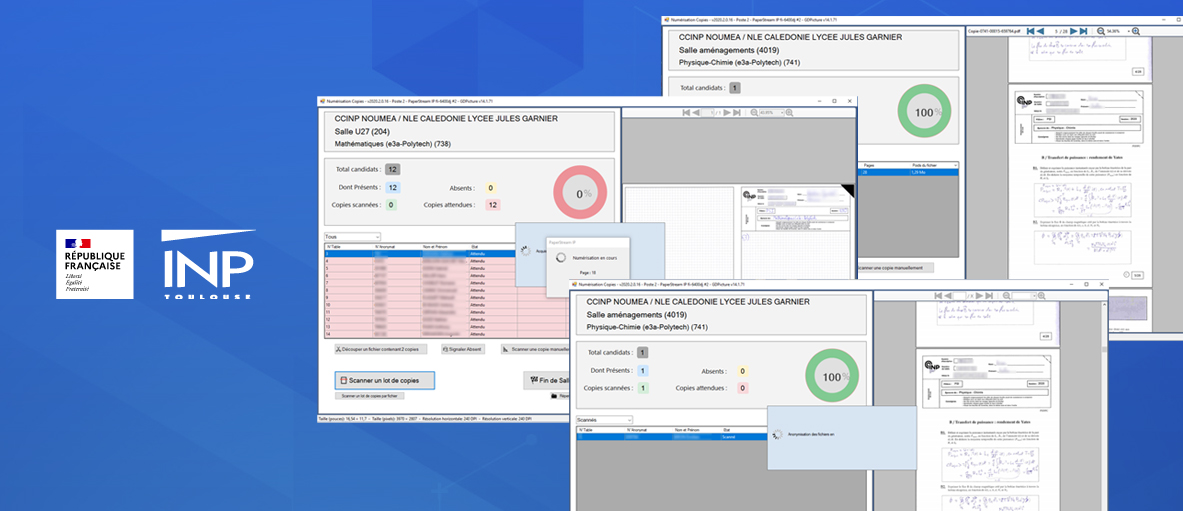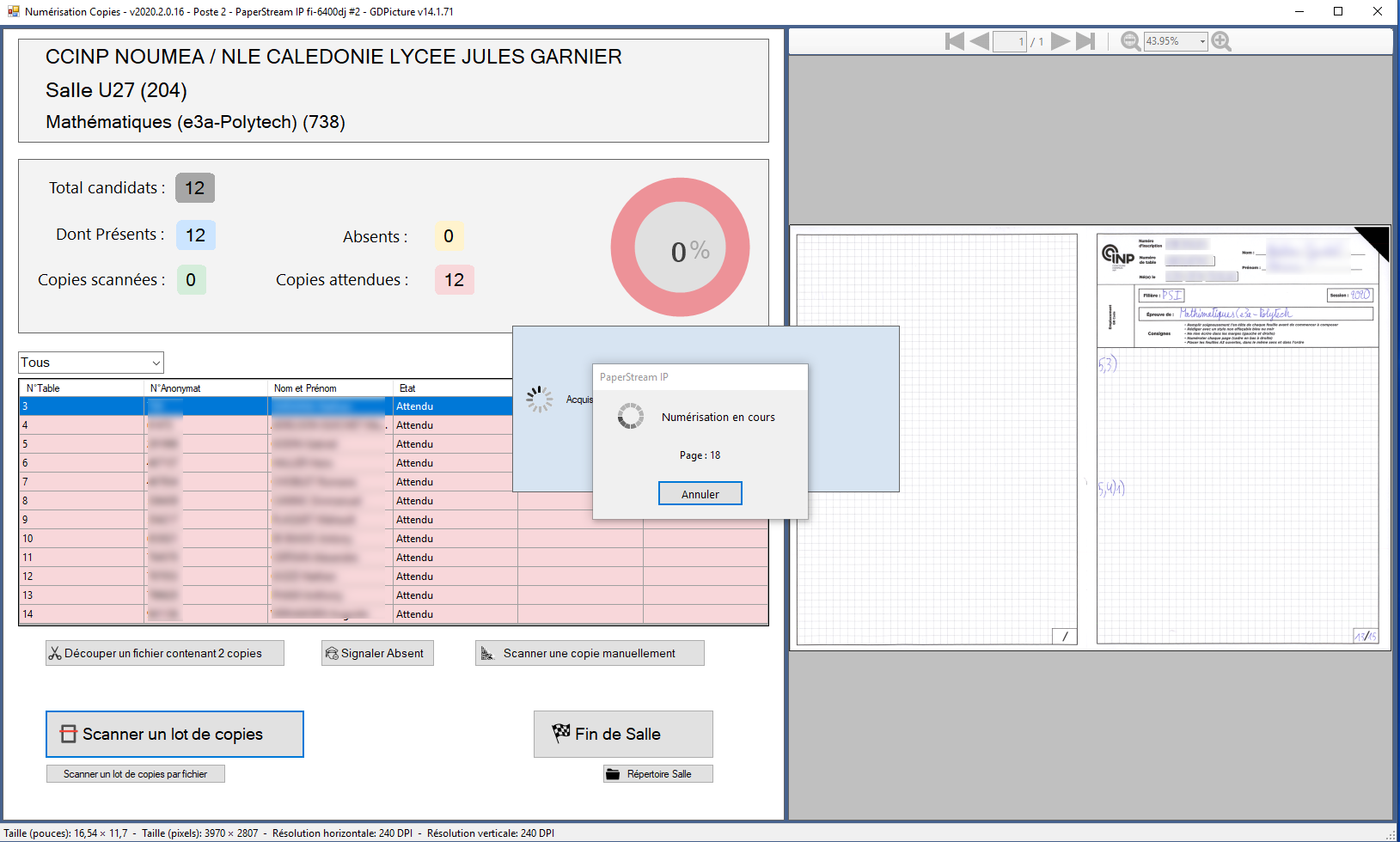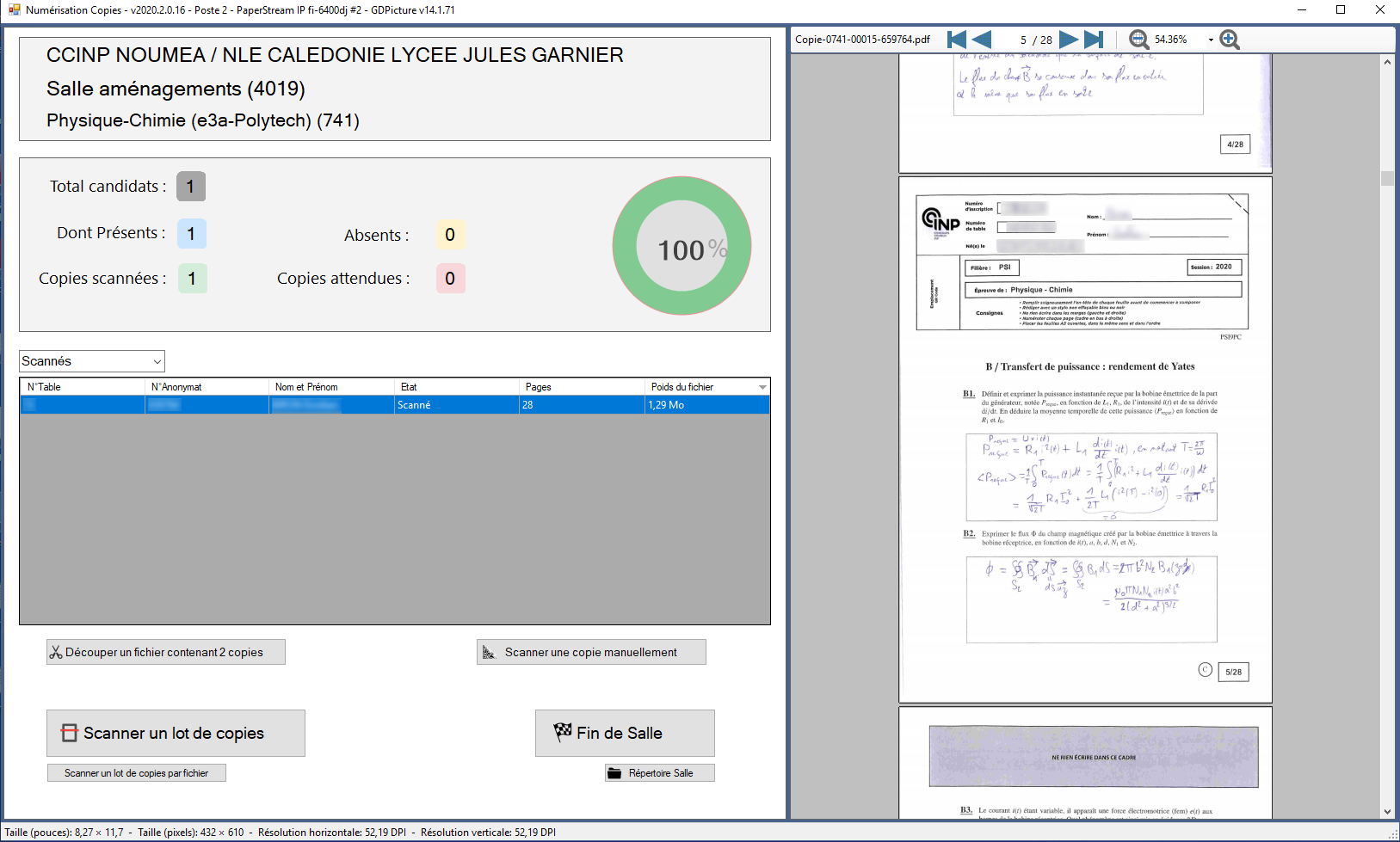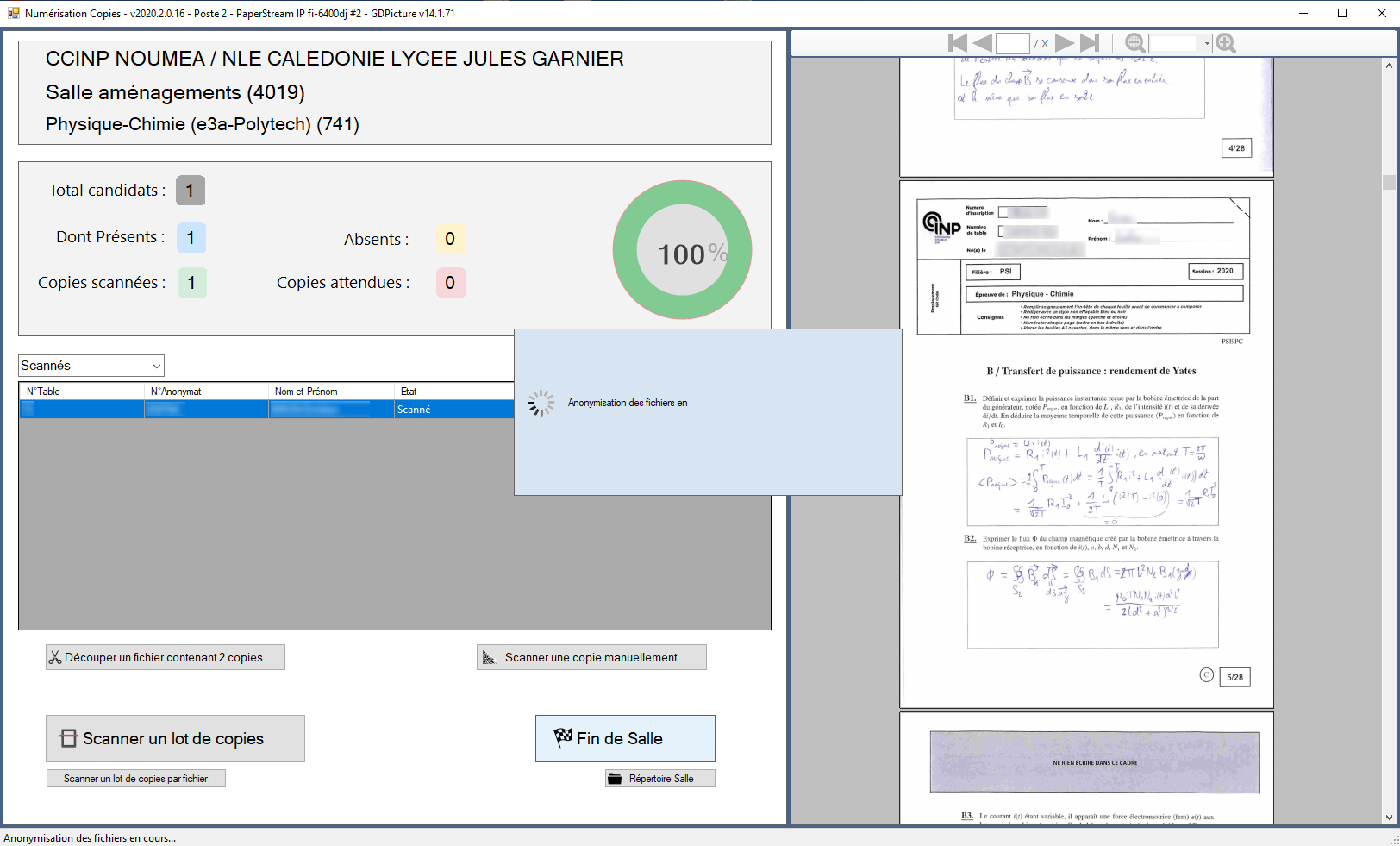Presentation
The INP Group brings together more than 30 engineering schools, over 20,000 students, including 1,360 apprentices and 2,400 doctoral students. Toulouse INP is ranked 5th best performing French engineering school according to the U-Multirank 2020 international ranking (out of 52 French schools).
The INP Group is known for:
- its experience in teaching and learning, research, knowledge transfer, and sustainable engagement
- the quality of its publications in the best scientific journals
- a large and stable number of post-docs.
Toulouse INP is developing relationships with universities and research organizations around the world. Currently, there is a wide range of European and international cooperation programs and projects with more than 60 countries.
The CCINP (Concours Commun INP) is a national examination allowing entry into more than 60 engineering schools located throughout France. The examination service, which manages the CCINP, also provides services for other types of exams.
Context
Each year, this service must process more than 270,000 papers (which represents more than one million sheets) received in several thousand envelopes.
The treatment process consists, in order, of:
- scanning all papers
- referencing the paper by reading a QRCode present in the header
- arranging the pages in the right order
- resizing documents correctly
- digitally improving the image quality
- anonymizing the papers by striking out the candidate’s personal information before sending them to the correctors.
Process
This long-term work was automated by the IT team of the CCINP examination service by integrating GdPicture.NET.
They used the following GdPicture.NET features:
- scanning via the TWAIN connector
- improved rendering thanks to filters (noise reduction, auto-orientation, etc.)
- reading QR Codes on papers and attendance sheets for the management of absentees
Read the QRCode of the first page to know the expected number of copies and TWAIN scan of the remaining copies
- automatic recovery of student data contained in QR Codes with the OCR
Reading the barcode of the copy to link the candidate’s information with the copy
- automatic application of redactions on the document using the coordinates of the fields concerned, to anonymize the papers
Automatic application of redactions to hide the candidate’s personal information so that the corrector does not see this information in an ethical process
The automation of this processing appears to be a necessity because of the impressive mass of papers (more than 1,000,000 sheets!).
It also enables effective detection of the most common human errors (forgotten copy, mixed papers in an envelope, etc.)
Finally, the performance of GdPicture in multithreading allows processing times to be reduced as much as possible.
Why GdPicture.NET?
If the CCINP Competitions Department chose to use GdPicture.NET, it was because the team was looking for a fully customizable and flexible solution that could adapt to very specific needs. The solution used until then responded to specific use cases, which were not exactly the same as theirs.
Because it offers low-layer functionalities, processing optimization, and above all a set of methods that can be adapted without unnecessary processing, GdPicture.NET allowed the team to develop a solution perfectly suited to their context.
What’s next?
The CCINP Examination Department plans to strengthen the use of GdPicture.NET in its marking workflow by using the annotation layer to allow teachers to correct copies directly on the screen. The advantage of this use is to be able to save the annotations of the correctors in XMP while preserving the integrity of the paper. Students who wish can thus retrieve their paper without any comments.
A big thank you to the entire IT team in the competition department for their welcome and for taking their time to answer our questions.
Cheers!
Fabio



